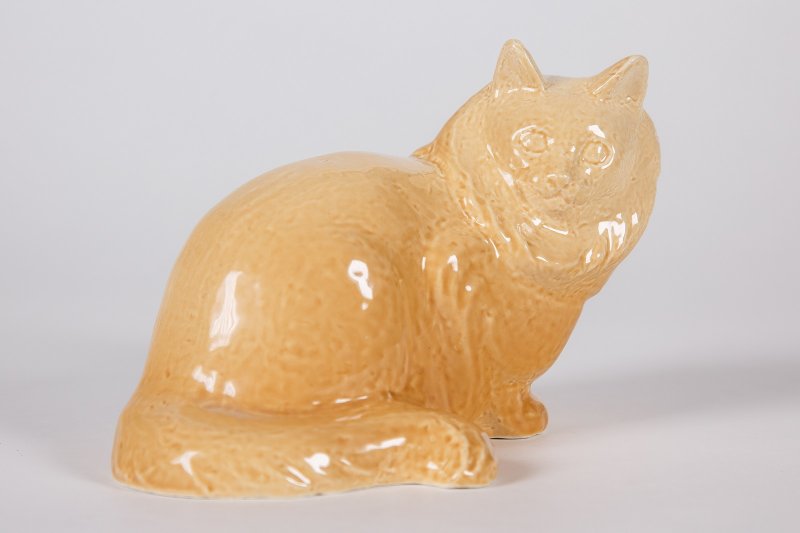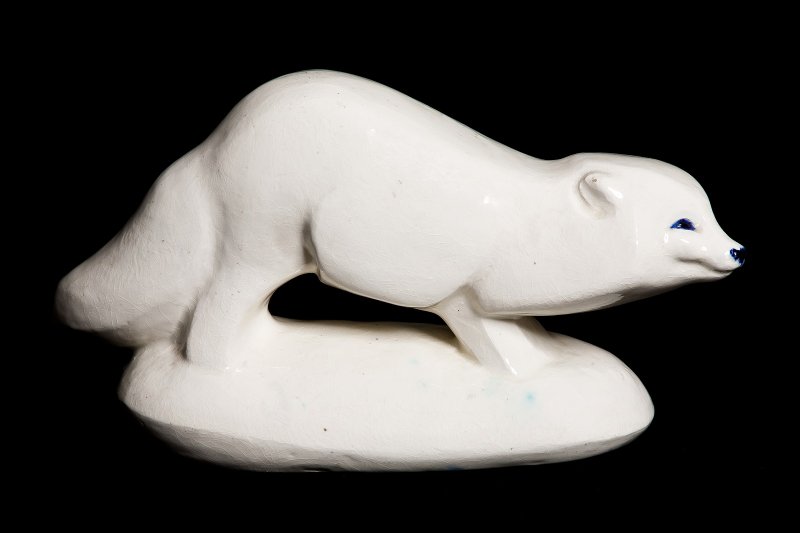2 November 2021 — 6 February 2022
Location :
Exhibition halls / Ground floor / Hall 1
Location: Exhibition complex / 0
Level / Exhibition hall #1
Warmth is one of the most crucial
conditions for life on Earth. But how can you keep warm if you live in freezing
cold climate? Or in the depths of the sea, where the sun is never seen? The
exhibition "The Warmth of our Bodies" will tell you how living
organisms warm up and cool down, how they regulate their body temperature, and
even how they see heat with the help of ingenious inventions of nature. The
exhibits were created by the warmth of human hands and the heat of the furnace.
The exhibition features artworks from the rich fine art collection of the Darwin Museum made of ceramics, porcelain, earthenware,
chamotte, bronze, brass, aluminum and glass.
Living organisms receive most of
the heat from the Sun. Even one-millionth of the energy produced by the Sun is
enough for life. That's how much solar heat reaches us from space. Some
organisms use alternative sources such as the energy of Earth and chemical
compounds. In cold latitudes, you can warm up near a geyser, as bacteria do. In
the dark depths of the ocean, the geysers heated to 100 ° C or more serve as a
source of heat for a variety of mollusks, worms and fish. Sometimes, animals
use the resources of their own body to warm up quickly. For example, bees and
bumblebees actively flap their wings and raise the body temperature by 10 ° C
above the ambient temperature.
It is important not only to get
warm but also to keep warm. For example, the coat of a polar bear is thick and
transparent, and the hairs are hollow, which provides the best thermal
conductivity and thermal insulation. Alpine edelweiss grows in the mountains at
an altitude of 1700-2000 meters. Dense pubescence protects it from cold, heat
and excessive evaporation of moisture. But what if there is no protective
cover? Fat deposits come to the rescue. The inhabitants of cold waters such as
penguins, seals, walruses and whales are well aware of the fact that fat is a
good insulator of heat. The thickness of subcutaneous fat in a whale's body
reaches up to 35 cm!
Extreme heat is dangerous for
living organisms. Therefore, the inhabitants of the arid regions of the planet
know a lot of tricks for rapid cooling. Agama lizards climb the branches of
shrubs to escape from the burning-hot sand. Toadhead agamas, on the contrary,
prefer to burrow deeper into the sand. When it's hot, African elephants fan
themselves with huge ears. The ears aid cooling by radiating heat from blood
vessels. In the meantime, Nile crocodiles simply open their mouths to cool
down.
Amazing examples of getting and
keeping warm are illustrated by the animalist works from the collection of the
Darwin Museum. The exhibition features the works of masters of the genre
V.A.Vatagin, A.N.Komarov, modern authors M.G. Ostrovskaya, I.P. Makoveyeva,
Ye.I. Gatilova and many other talented sculptors. It is no coincidence that
sculpture has been chosen as a language of visual communication. Sculptures
carry the warmth of the creator's hands. Sculptures have been burnt and molten
in the heat of the furnace. Warmth and heat are everywhere!

A. V. Regelson. Family pet

Ye. V. Nikolayev. Arctic fox

I. I. Riznich. Crocodile (black caiman)












